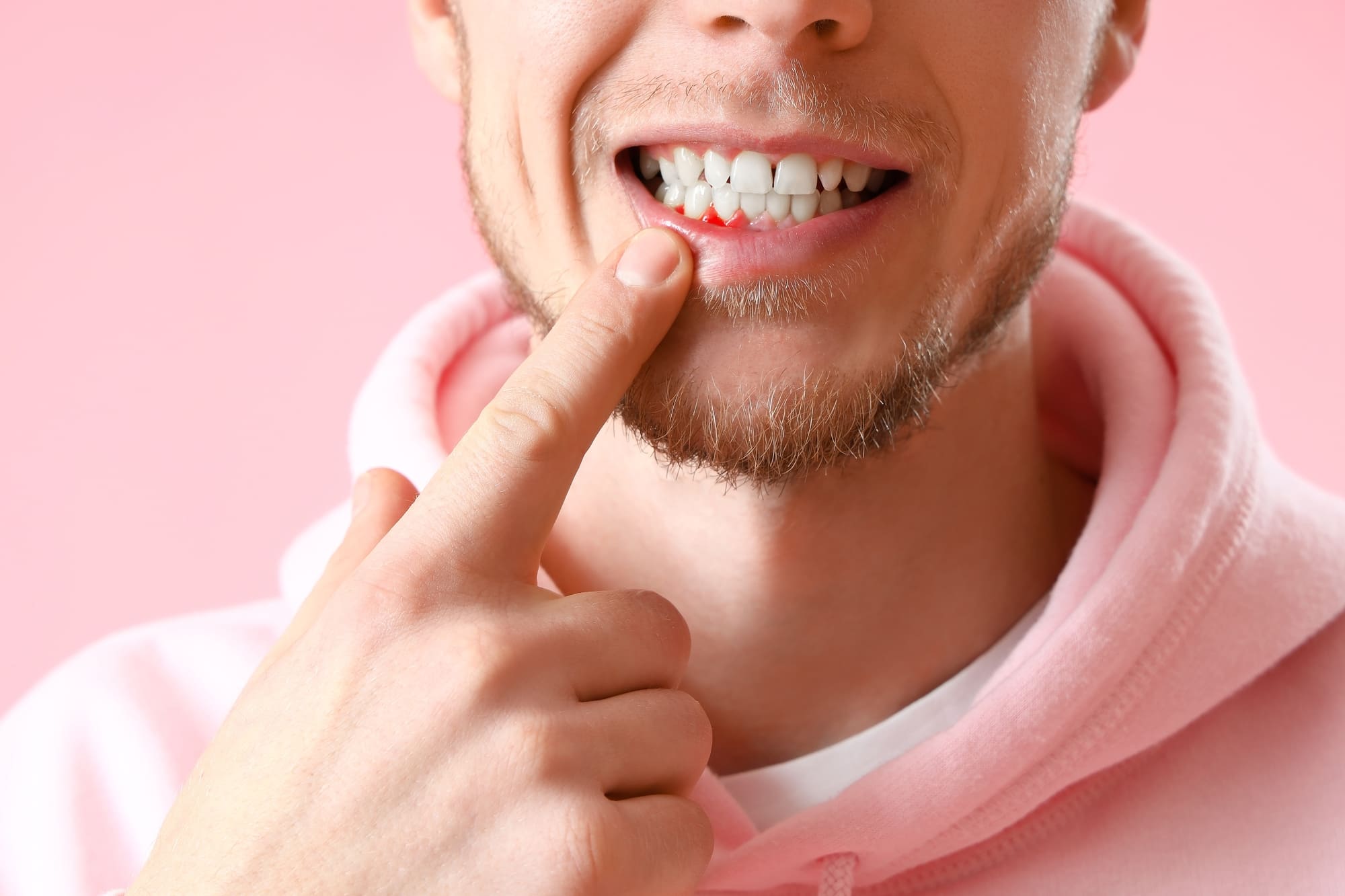Sugar, plaque, and the cavity – how to really protect your teeth

Sugar, plaque, and the cavity – how to really protect your teeth
For many, "sugar" means mainly chocolate, candy, or soda. But the reality is different: Sugar is also found in savory foods, cereals, yogurt, or bread – sometimes well-hidden. And this sugar can lead to cavities when combined with bacterial plaque.
In this article, you'll learn what really happens in your mouth, which foods are problematic – and how to focus your dental care on protection rather than harm. All without sugar panic, but with understandable explanations and tips for everyday life.
How cavities form – the path from sugar to acid
Sugar isn't directly the problem – but what mouth bacteria make of it is. As soon as you eat or drink something, certain mouth bacteria – especially Streptococcus mutans – process the sugars contained in it. This produces acids that leach minerals from the enamel. This is called demineralization.
If this process is repeated regularly, cavities form: The enamel becomes porous, breaks down – the well-known "hole" in the tooth forms.
What many don't realize: Sugar is in almost everything
Many people only associate sugar with sweets. But in fact, problematic types of sugar are also found in:
-
Fruit yogurt and smoothies
-
Ready-made sauces (e.g., ketchup, curries, Asian marinades)
-
Muesli, cornflakes, bars
-
White bread, toast, rolls
-
Light products or "fitness" snacks
-
Fruit in large quantities (e.g., dried dates, bananas, grapes)
How to identify hidden sugars:
-
Read the ingredient list: Anything that ends in -ose (e.g., glucose, fructose, maltose) is sugar. Also: corn syrup, inverted sugar syrup, honey, agave nectar.
-
Position in the list: The further up sugar appears, the more it contains.
-
Beware of labels: "No added sugar" doesn't automatically mean sugar-free – often fruit sweetness is included.
And what about starch – e.g., in bread, pasta, chips?
Starchy foods like white bread, potato chips, or cornflakes can also damage teeth. Why? Starch is broken down into sugar molecules by enzymes (amylase) in the mouth – thus becoming a "light sugar source."
Particularly tricky:
Starchy snacks often stick to teeth longer – e.g., chips or crackers – providing food for bacteria over a longer period. Even if they don't taste sweet, they can promote cavities.
How to protect your teeth in everyday life – without giving up
The good news: You don't have to completely give up sugar. But a conscious approach – and good dental care – makes the crucial difference.
Tips for a tooth-friendly everyday life:
-
Reduce sugar frequency instead of sugar amount: Better to eat sweets once a day than to snack constantly.
-
Drink water after eating or rinse your mouth: This rinses and stimulates saliva flow.
-
Brush your teeth thoroughly at least twice a day – especially in the evening.
-
Recognize sugar traps – and replace them with alternatives if possible.
-
Clean interdental spaces, e.g., with dental floss, interdental brushes, or a water flosser.
-
Chew gum with xylitol – it can inhibit bacteria and regulate the pH level in the mouth.
-
Use a remineralizing toothpaste with hydroxyapatite (HPA) or fluoride.
-
Regular check-ups at the dentist and professional teeth cleaning – because prevention is better than cure.
Modern dental care – structure instead of scrubbing
Whether sugar is hidden or obvious: Thorough plaque removal is the decisive factor. And this is where modern technology can help. Sonic toothbrushes clean gently yet effectively through high-frequency vibration – even in hard-to-reach areas.
-
They simplify the technique – no scrubbing, just gentle guiding.
-
You clean more systematically, thanks to the timer and brushing modes
-
You support the routine when things need to go quickly in everyday life
So if you want to make your dental care not more complicated, but more effective, a sonic toothbrush can be a real game changer.
Conclusion: Less sugar is good – good dental care is better
Cavities don't develop overnight – but through the interaction of sugar, plaque, and time. Those who clean their teeth regularly, recognize sugar traps, and use modern dental care protect themselves in the long term. And can still enjoy a piece of chocolate now and then – with a good feeling.
Written by Dr. Denise Busche, WhyteDOT. Dentalcare




Comments